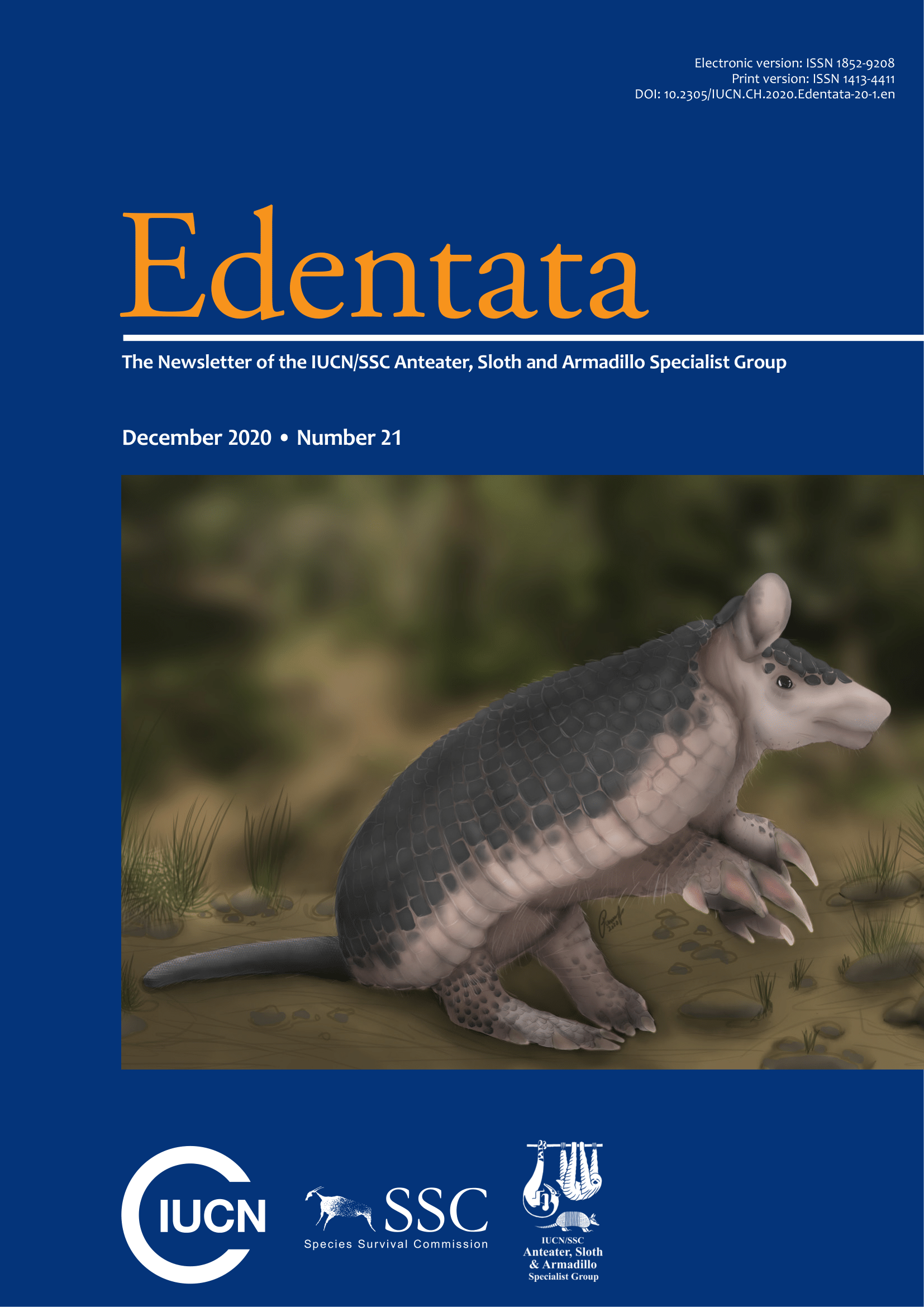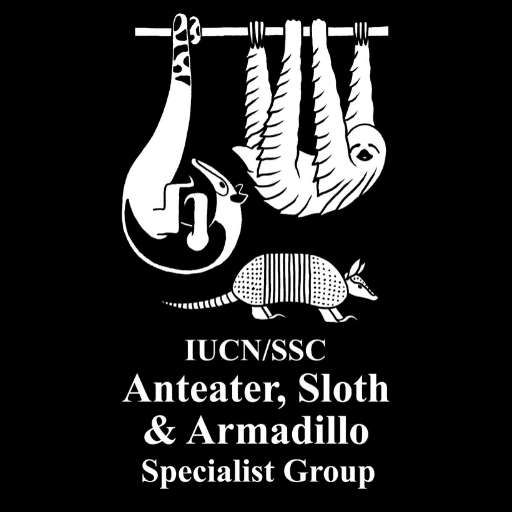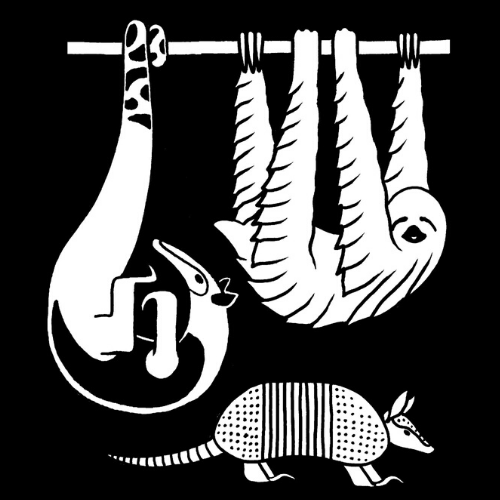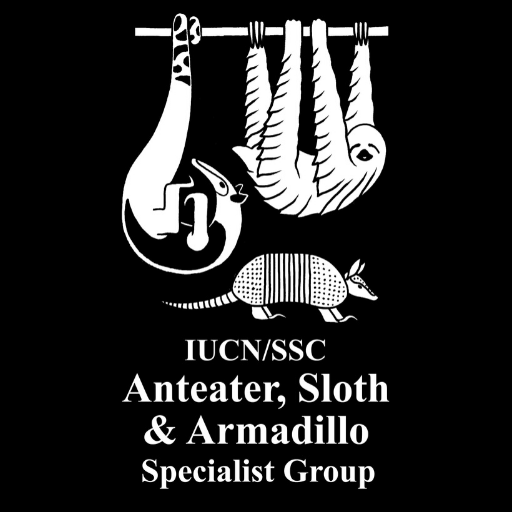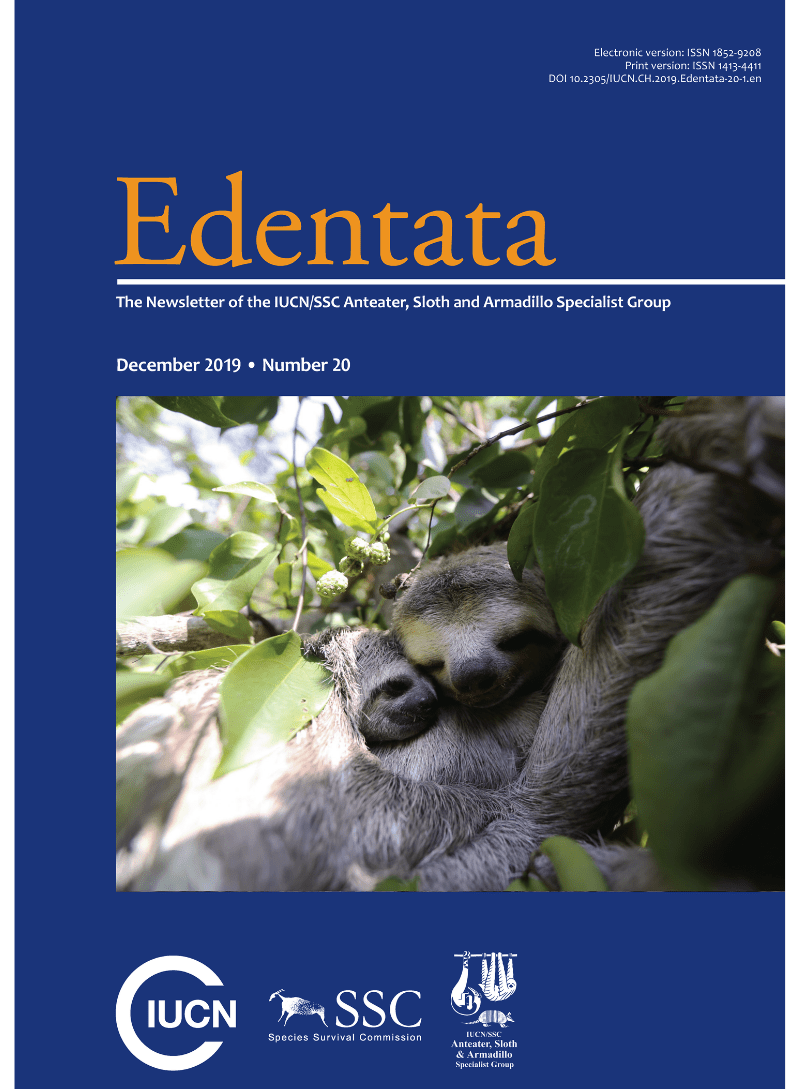New article highlighting the importance of protected areas for giant anteater conservation!
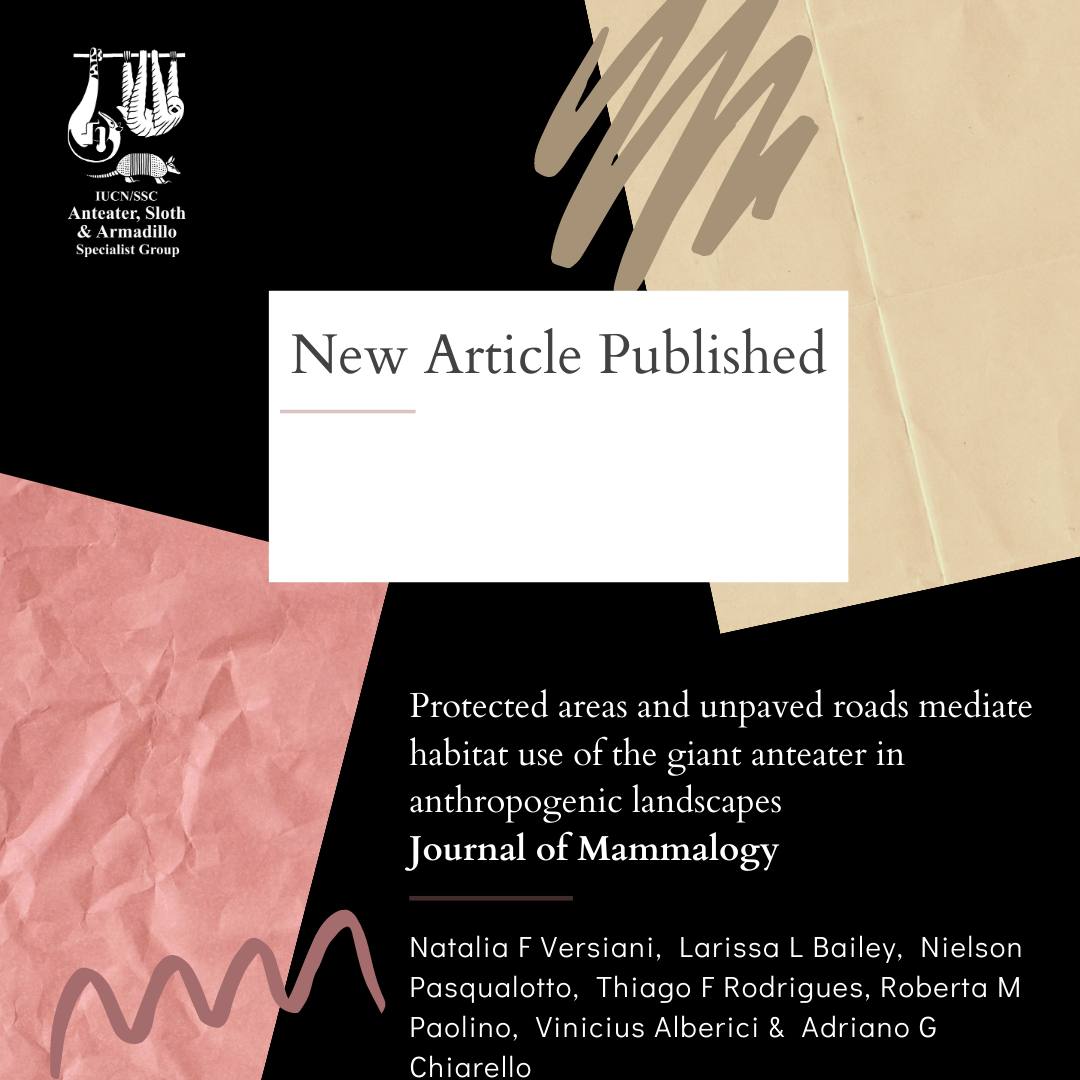
What are the whereabouts of the giant anteater in sugar cane-dominated landscapes of south-
eastern Brazil? This was the central question that underpinned a project that our Specialist
Group member Adriano Chiarello coordinated years ago and based the thesis of his then
doctoral student Natalia Versiani, among other theses and master's dissertations still in
progress at his lab. Their main results show that, surprisingly, they still occupy 50% of these
landscapes, which can be good or bad news, depending on whether we look at the glass as
being half full or half empty… The results also reveal that this animal occurs more likely in
the areas that concentrate native vegetation, including permanent preservation areas and legal
reserves. Long and prosperous life, therefore, to the Brazilian Forest Code, which protects
native vegetation in private rural properties.
Finally, they reveal that the giant anteater makes more intensive use of dirt roads, perhaps
seeking these to minimize energy losses crisscrossing these modified landscapes. They might
be even using these margins as foraging opportunities. Nevertheless, as these might expose
them to road hazards, the study highlights the need for more attention to unpaved roads.
N.F. Versiani et al. (2021): Protected areas and unpaved roads mediate habitat use of the
giant anteater in anthropogenic landscapes. Journal of Mammalogy, gyab004.
